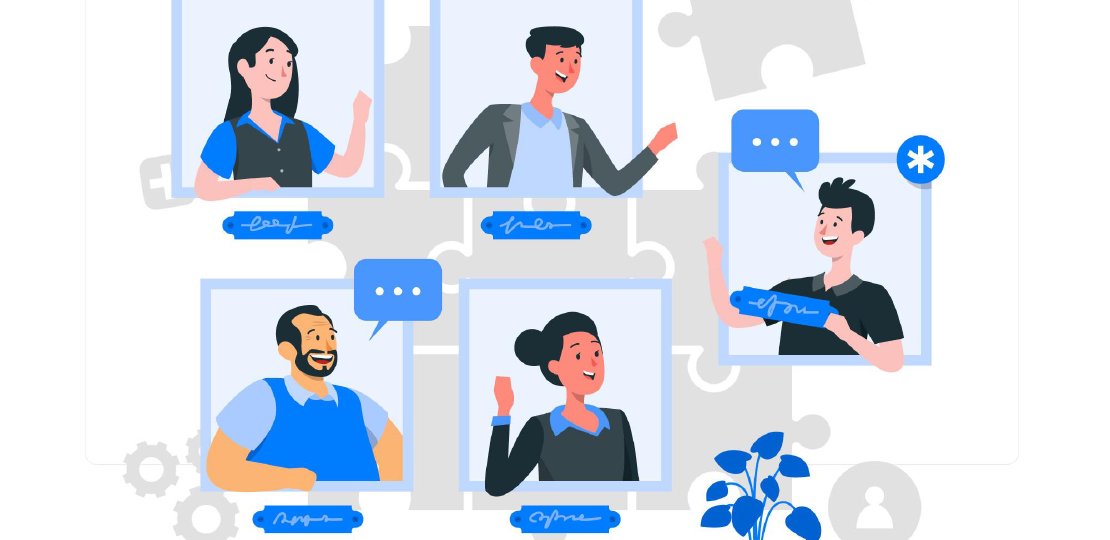
Set Up for Success Training Checklist for New Hires
Published by Michelle Haupt on
By Andrea Cook
One of the biggest challenges today’s orthodontic practices experience is the hiring, training, and retention of high-quality employees. The key is not only hiring the right employees but also keeping them motivated to provide the highest quality care for your patients.

The average length of time an orthodontic team member stays with an office is 2.5 years! This means that in your future is the opportunity to hire and train multiple new team members. The way to make them most successful as quickly as possible is to have a good system set up for the hiring and training process.
An evaluation of your current team may help determine if you need to hire another team member. Sometimes a restructure of positions and/or tasks may mean that you really don’t need another person. This is also a good time to make sure all your current team members are in the position they are best suited for. You may have employees that want to move to another position and leave a different opening than you anticipated.
Once you have evaluated your team, and restructured if needed, it may be time to bring in a new team member.
Before Hiring a New Team Member:
-
Develop your office manual that includes the guidelines for all team members. Having guidelines for areas such as work day/hours, how absenteeism/tardiness is managed, pay, insurance (if provided), uniforms, etc. will set the standard for the office. These guidelines will allow you to hold everyone accountable at an equal level.
-
Have a clear job description for the position. Each position in the office should have an outline of the expectations. This is presented at the initial interview to allow the applicant to understand the position they will be filling. All offices are different and clinicians with experience may have a very different skill set depending on the office they came from.
-
Determine what extra duties team members are responsible for. It is important to let an applicant for a position in your office know what additional tasks they will be expected to perform.
-
Have a training manual prepared and ready to give them on their first day. This should include basic orthodontic information (tooth numbering, malocclusions, instruments, appliances, etc.) as well as office specific information (types of braces, procedure codes, abbreviations used, sterilization protocol, etc.)
-
Develop your training program – not sink or swim as many offices have. A good training program will help the new hire get through the training process quickly and reduce frustrations. Have a check off area for the trainer and the trainee to make sure both are confident with each task in the training process. The interview process can help weed out candidates that are not a fit for your practice. It may be that your hours will not fit with their day care situation. It is best to have this conversation before spending the time to have them come in for an in-person interview. Teams are not cocktail parties: don’t invite everyone.
-
Screen all applicants with a phone interview. Explain the position, expectations, hours, etc. before having them come in for a meeting.
-
Have the team involved in the hiring process. Team members are much more proactive in training someone when they have had a voice in the hiring decision.
First Day With Office:
- Have all paperwork ready for them to review and sign. A copy of the office manual and clinical training manual should be printed for them.
- This should include task specific training on infection prevention policies and procedures and the OSHA bloodborne pathogens standard. This must be completed prior to the assistant performing at risk duties – sterilizing instruments, performing clinical procedures, etc. The signed copy will go into their confidential personnel file.
- Introduce the new hire to all team members. I have been to morning huddles where the team did not know who the new person was or what their position was in the office.
- Have one team member buddy up with the new person. They will be their go to for questions, training, and make sure they have the tools they need to be successful, etc.
- Have the team take them to lunch. This will help get to know each other on a personal level.
Training process:
- Have one person assigned as the clinical trainer for the new team member. This can rotate between existing team members to make sure they are not getting burned out.
- Meet with new hires daily for the first week. Start with sharing their successes though out the day. Then discuss areas for improvement and any outside reading (training manual) that should be done.
- Meet weekly though their training process. Most frustrations from the trainer and trainee come from a lack of communication. Again, start with their positive areas and move to their struggles.
- Set expectations for what should be completed in the first day, week, and month. This will help keep the training on track. Confirm that they are moving through the training process in a timely manner.
Once basic training in completed, make sure they can complete the procedures in the amount of time specified in your schedule. If they cannot meet the procedure times, have them work with an assistant that is able to meet the times.
Andrea Cook works as a clinical consultant and trainer for premier orthodontic offices across the country. Since effectively training clinical team members is a critical portion to the advancement of clinical productivity and profitability, Andrea works with teams to increase efficiency, improve communication, and guide the office to a new level of excellence. Her years of experience include working in single, double, and multi-doctor practices. She has extensive experience as clinical coordinator for a multi-doctor practice seeing more than 120 patients per day.
Andrea Cook, Orthodontics, Training, Team Success, Training Program, Orthodontic Team, New Hires, Orthodontic Office Manual